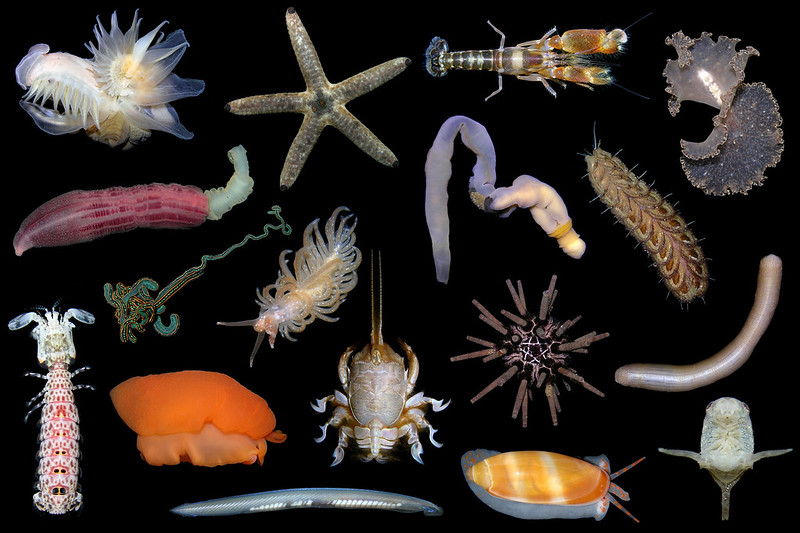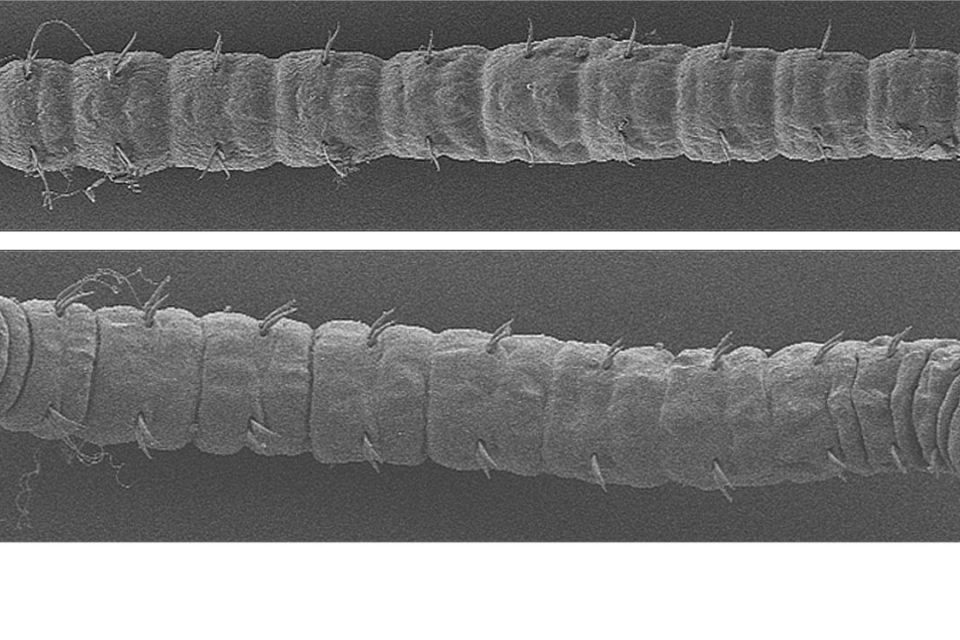
What’s in a Postdoc? Life inside the gears of the academic machine
When we head home for the holiday period, I’m sure many of us will end up in chatting away to a relative or family friend we haven’t seen in far too long, only to be confronted with that ever-present question of: “What do you do for a job […]








